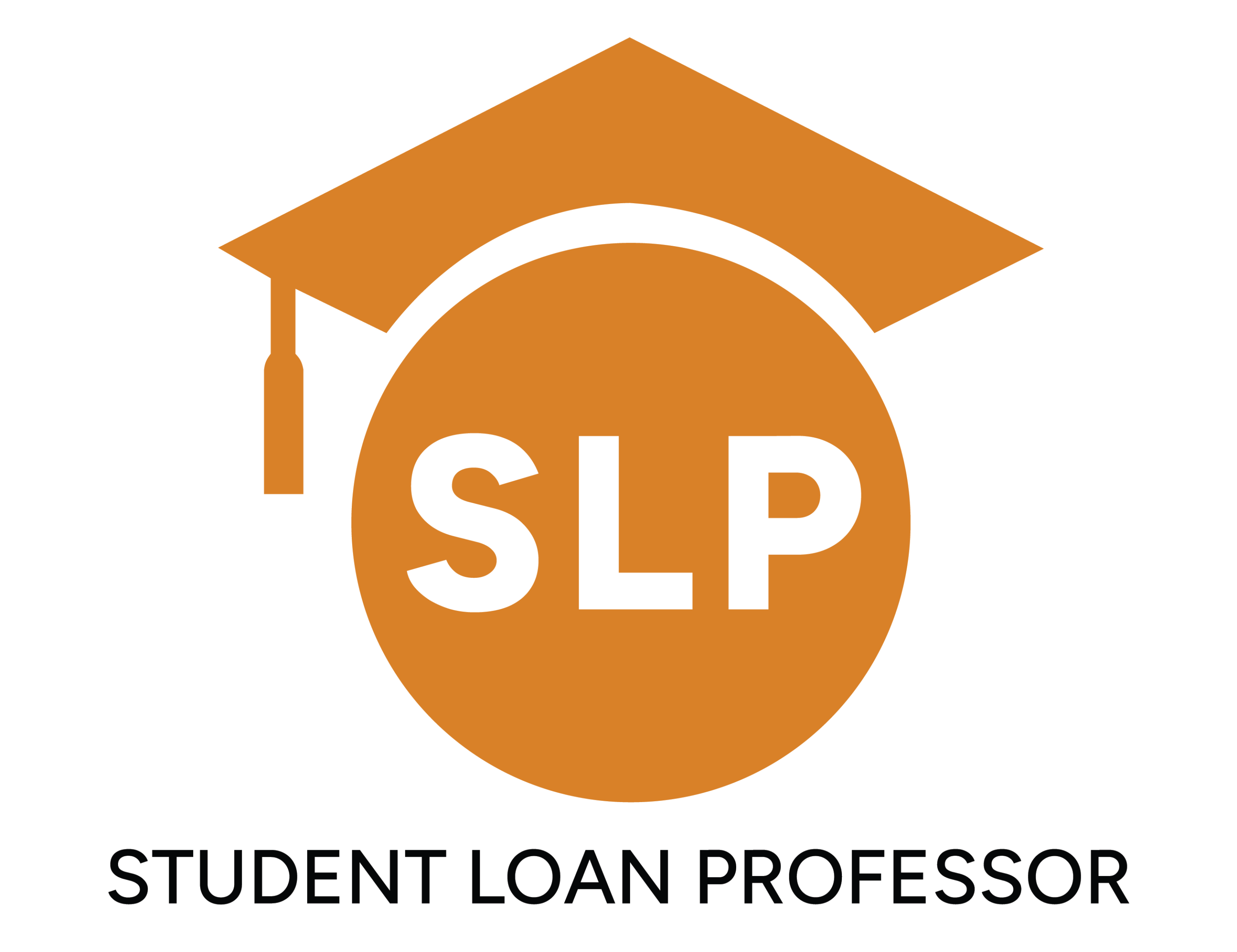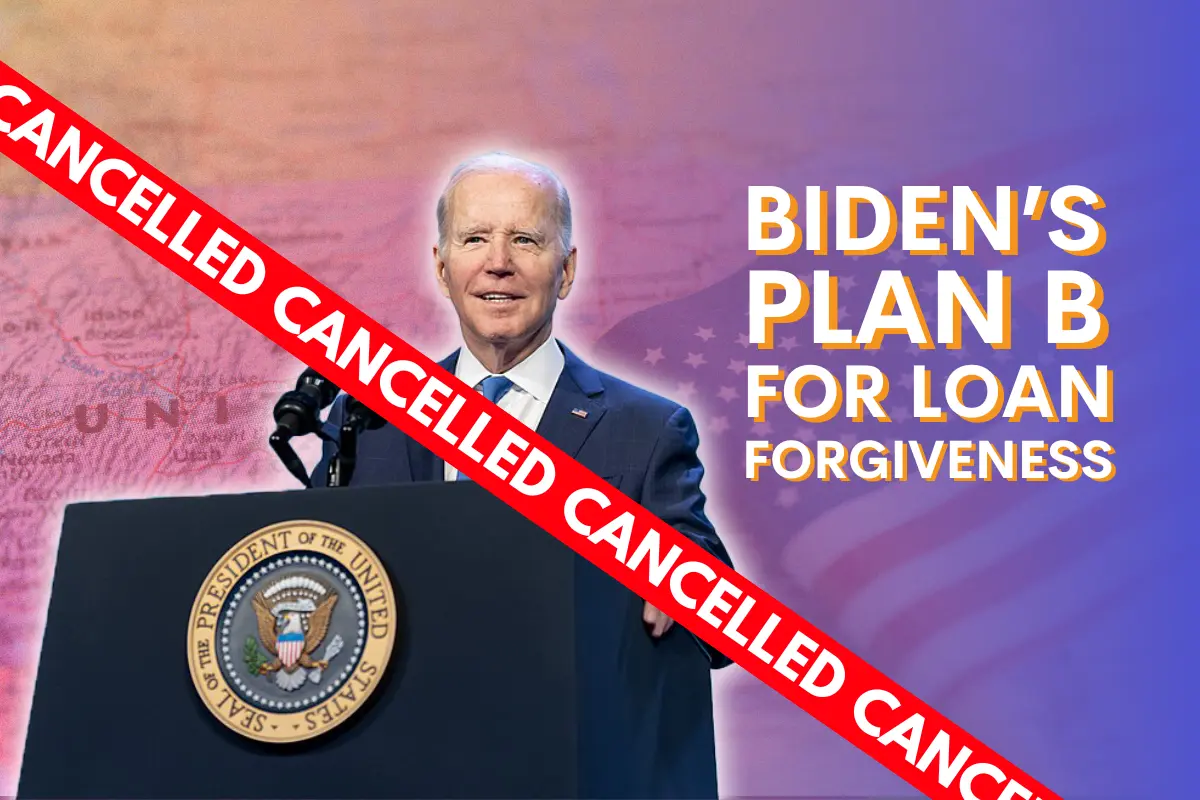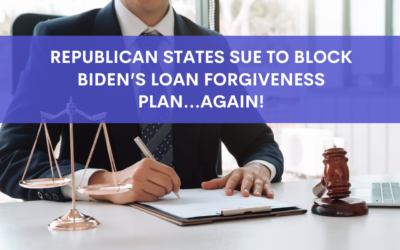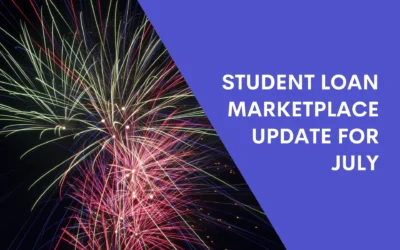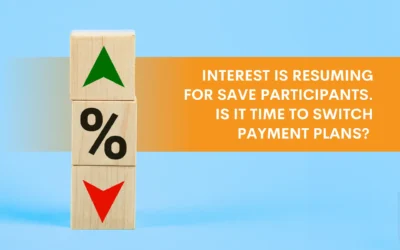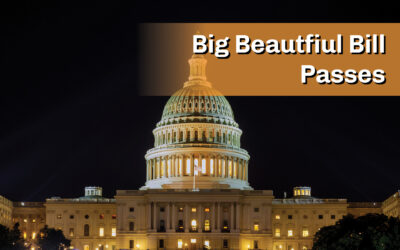Scroll to bottom for the latest updates!
Since October, we’ve reported on the Negotiated Rulemaking (Neg Reg) process in the wake of the SCOTUS decision against the Biden administration. The committee has been discussing ideas to implement a “Plan B” to provide loan relief to borrowers. As we’ve previously noted, this second attempt is targeting specific groups (or demographics) of borrowers instead of mass loan forgiveness simply based on an income threshold.
The most recent update on this issue is that President Biden and the Department of Education unveiled the plan on April 8th, 2024. Unfortunately, the initial announcement only shows the plan’s major features and doesn’t include the fine print. The details below are a culmination of this most recent release combined with other details which were proposed during the planning process.
Note this new plan is not finalized. The Department of Education aims to finalize and implement the new plan “as quickly as possible.” Procedurally, these changes shouldn’t go into effect until July of 2025. But practically, we expect the administration to waive those procedures and put some features of the plan into place this year (before the election).
These are the five groups identified for relief in the proposed plan:
Borrowers whose current balances exceed their original principal balances
This is typically due to participation in an Income-Driven Repayment (IDR) plan where monthly payments are less than monthly interest accrual. Non-payment, late payment, or partial payments can also cause borrowers to be in this situation. The “up to” phrasing means they will only cancel enough to get the loan back to the original amount borrowed or consolidated.
- Low and middle-income borrowers enrolled in the SAVE Plan or any other income-driven repayment (IDR) plan would be eligible for waiver of the entire amount their balance has grown since entering repayment. This group of borrowers includes single borrowers who earn $120,000 or less and married borrowers who file joint tax returns who earn $240,000 or less.
- President Biden will announce plans to cancel up to $20,000 of the amount a borrower’s balance has grown due to unpaid interest on their loans after entering repayment, regardless of their income.
The distinguishing factors between the two statements above are not clear at this time.
Borrowers who have met the time or service requirement for an existing loan forgiveness program, but missed out for one reason or another
Borrowers facing these circumstances will be granted automatic and complete loan cancellation:
- The initial proposal by the Department of Education during negotiated rulemaking included borrowers who met the eligibility requirements of an IDR plan but were not enrolled in an IDR plan. The April proposal specifically mentions the new SAVE plan and “other forgiveness opportunities”, but does not specifically mention other IDR programs. It is unclear whether those in older IDR plans will be required to switch to SAVE before getting this benefit.
- Borrowers who met the eligibility for any loan discharge, cancellation, or forgiveness opportunity, but did not successfully apply for it. This refers to programs such as PSLF, teacher loan forgiveness, and dozens of others.
Borrowers in repayment for 20 years or longer
- Borrowers with only undergraduate debt would qualify for forgiveness if they first entered repayment at least 20 years ago (on or before July 1, 2005).
- Borrowers with any graduate school debt would qualify if they first entered repayment 25 or more years ago (on or before July 1, 2000).
- Both Direct Loans and Direct Consolidation Loans that repay only undergraduate study or graduate study for 20 or 25 years, respectively, are eligible for relief in this proposal. Borrowers would not need to be on an income-driven repayment plan to qualify.
Borrowers negatively impacted by their schools
Initial proposals from ED stated that borrowers in each of these positions would be granted complete loan cancellation:
- Borrowers who attended schools where Federal funding was taken away (usually for wrongdoing).
- Borrowers who attended schools that shut down.
- Borrowers from closed Gainful Employment programs with high debt-to-earnings rates or low median earnings. (Note: there is a ton of fine print with this one. We recommend waiting until the final rules come out before reading too far into it.)
- The April announcement follows similar logic, but further states “borrowers who attended institutions or programs that closed and failed to provide sufficient value—for example those that leave graduates with unaffordable loan payments or earnings no better than what someone with a high school diploma earns—would be eligible for relief under this proposal.” This definition seems a bit broader than the Gainful Employment rules above.
Borrowers who experience hardship in paying back their loans
Direct quote: “The Administration will also pursue a specific action that is dedicated to canceling student debt for borrowers experiencing hardship in their daily lives that prevent them from fully paying back their loans now or in the future. This could include delivering automatic forgiveness to borrowers predicted to be likely to default on their loans, or through an individualized applications where borrowers could detail their financial hardship that is preventing them from being able to fully pay back their loan, such as a child care or medical expense.”
You may recall the “17 Reason Why” segment of our March update. In February of 2024 the administration identified 17 economic factors which the Secretary could consider in order to establish a “hardship” and “waive” (cancel) a borrower’s debt.
Again, all of these are still proposals and not finalized policy. And we do not know when these changes will take effect. But we’ll continue to update this page as more information becomes available.
As always, our team of expert loan advisors is available to connect with you to review your account, weigh your repayment and forgiveness options, and help you formulate a strategy to maximize all available savings opportunities.
August 2nd, 2024
The White House and DOE put out a very confusing press release on Wednesday. It seems they are going to send letters to 25M borrowers “with at least one outstanding student loan” about Biden’s Plan B for loan forgiveness, instructing them to opt out by August 30th. However, “the rules that would provide this relief are not yet finalized, and the email does not guarantee specific borrowers will be eligible. The Department will provide additional information to borrowers once the rules are finalized this fall.” You read that correctly. Borrowers must opt out of a program, that they don’t even know if they qualify for, weeks or months before it is rolled out.
They did provide a high-level overview of the plan. Noticeably absent from these highlights vs. what we laid out above is the omission of the economic hardship waiver. We have long suspected that the GOP will see that particular provision of Plan B as a blank loan forgiveness check for the Whitehouse, and promptly file a lawsuit to block it the moment it goes live. We can’t help but wonder if they have removed that provision in the hopes doing so will increase the plan’s chances for success. And this will all go down within weeks of the election. So, the stakes are high for both sides…and for borrowers!
Stay tuned!
September 4th, 2024
As predicted, a group of GOP states have filed a lawsuit in Federal court to block Biden’s “Plan B” for mass loan forgiveness. What is a bit surprising, however, is that they chose to file the suit before the plan was even finalized. It appears they had a valid reason to do so. The lawsuit claims that the Department of Education (DOE) conspired to enact the loan relief as early as September 3rd in order to forgive billions of dollars before any litigation could block it. And once the debt has been forgiven, DOE (allegedly) knew it would be next to impossible to reinstate the loans. The plaintiffs claim to have copies of multiple communications which DOE sent to servicers with very specific instructions to start cancelling loans between September 3rd and 6th, 2024. They even found copies of the congratulatory letters servicers were then supposed to send to borrowers, crediting the Biden-Harris administration. These communications have not been made public but were attached to the legal filing.
This lawsuit uses many of the same standing claims as the one’s that blocked Biden’s initial loan forgiveness plan and the ongoing SAVE plan lawsuits. Given the success of these prior cases, we are not optimistic that Biden’s Plan B will come to fruition
October 25th, 2024
We noticed that the final group above, borrowers with hardships, was not mentioned in the letters that went out to borrowers in August. Now we know why. Today the Biden Administration rolled out a separate loan forgiveness plan specifically targeting borrowers with hardships. Full details have not been released just yet, but the initial announcement seems to match what we have detailed above. This plan will certainly face a GOP-led lawsuit as soon as it is finalized, though the outcome of the presidential (and congressional) election could impact it long before it makes its way through the courts.
January 9th, 2025
DOE has formally announced that they are withdrawing the Notice of Proposed Rulemaking and terminating the Rulemaking Proceeding for multiple loan forgiveness provisions. In English, they are cancelling Plan B. While we all knew Plan B was doomed with the power shift in Washington, DOE stated that formally withdrawing the proposal leaves the door open for future loan forgiveness down the road. If a forgiveness policy had gone into effect, but then was defeated by the courts, this would make it much harder to pursue these initiatives down the road. Withdrawing the proposal should cancel the court proceedings, allowing someone else to potentially pursue some sort of forgiveness in the future.
Brandon Barfield is the President and Co-Founder of Student Loan Professor, and is nationally known as student loan expert for graduate health professions. Since 2011, Brandon has given hundreds of loan repayment presentations for schools, hospitals, and medical conferences across the country. With his diverse background in financial aid, financial planning and student loan advisory, Brandon has a broad understanding of the intricacies surrounding student loans, loan repayment strategies, and how they should be considered when graduates make other financial decisions.
